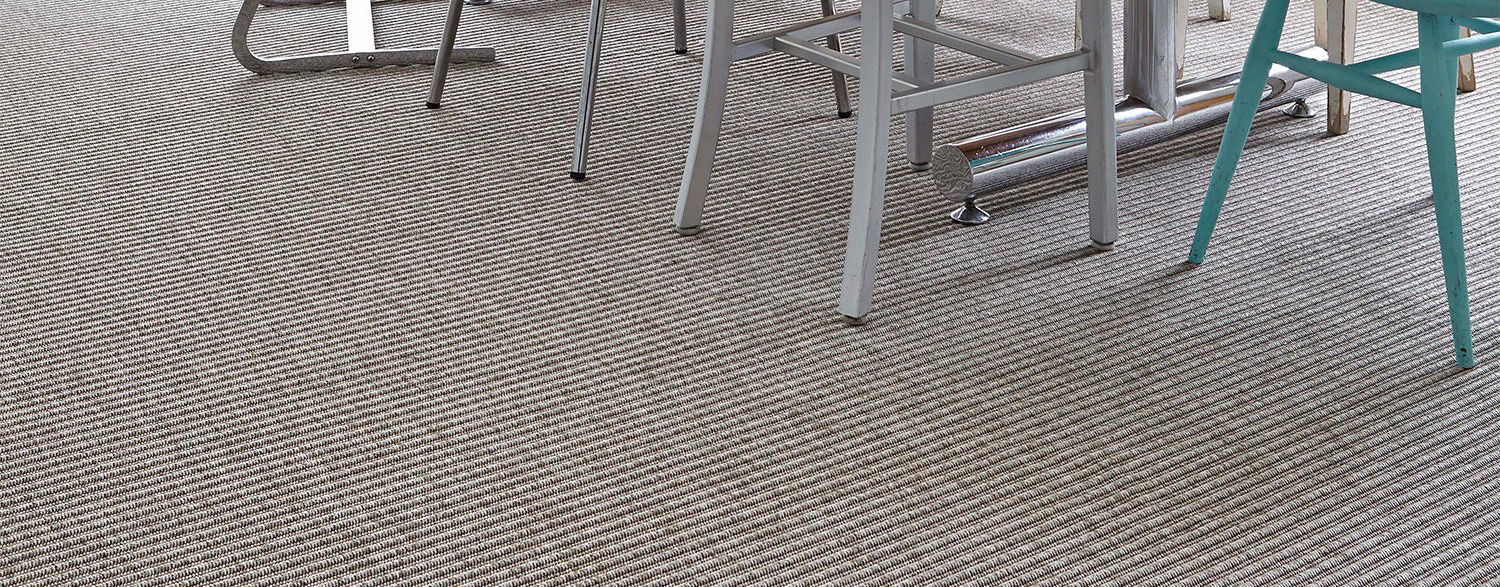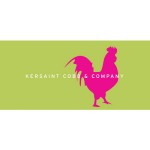Coconut husks contain elastic and extremely strong fibres. These husks are harvested and soaked for many months, and then beaten, washed and dried. Finally, the pale yellow fibres are spun into yarn. After further processing it can then woven into carpeting. Coir comes in four main weaves, Boucle, Panama, Anjenjo and Herringbone. The majority of coir used for carpeting is produced in India.
SEAGRASS
As Seagrass Squares, this was the first of the natural floor coverings. Seagrass is grown in the paddy fields of China. During the growing season the fields are flooded with sea water and once harvested and dried these grasses are twisted and woven into a chunky textured floorcovering.
Seagrass starts out with a green tinge, but eventually becomes a slightly mottled pale brown, a hue that helps hide any mishaps. Seagrass is woven into Natural Weave and Herringbone patterns in both standard and fine versions and a chunky Basket weave.
Seagrass is not suitable for stairs due to its slippery nature.
Although natural carpets can be installed directly to the floor we strongly recommend that they are fitted professionally on an underlay both for wear and appearance.
SISAL
Sisal is the toughest of the natural carpeting range’s and is produced in many different designs, colours and weaves. Sisal comes from the plant Agave Sisalana and is grown in East Africa.
Sisal unlike most of the other natural carpets can be dyed and is woven in a wide range of styles.
The most popular styles are boucle, mini boucle, herringbone and panama
Whilst it is one of the most expensive naturals Sisal is also the most durable.
Although natural carpets can be installed directly to the floor we strongly recommend that they are fitted professionally on an underlay both for wear and appearance.
Natural carpets are NOT recommended for kitchens or bathrooms.
Although natural carpets can be installed directly to the floor we strongly recommend that they are fitted professionally on an underlay both for wear and appearance.

